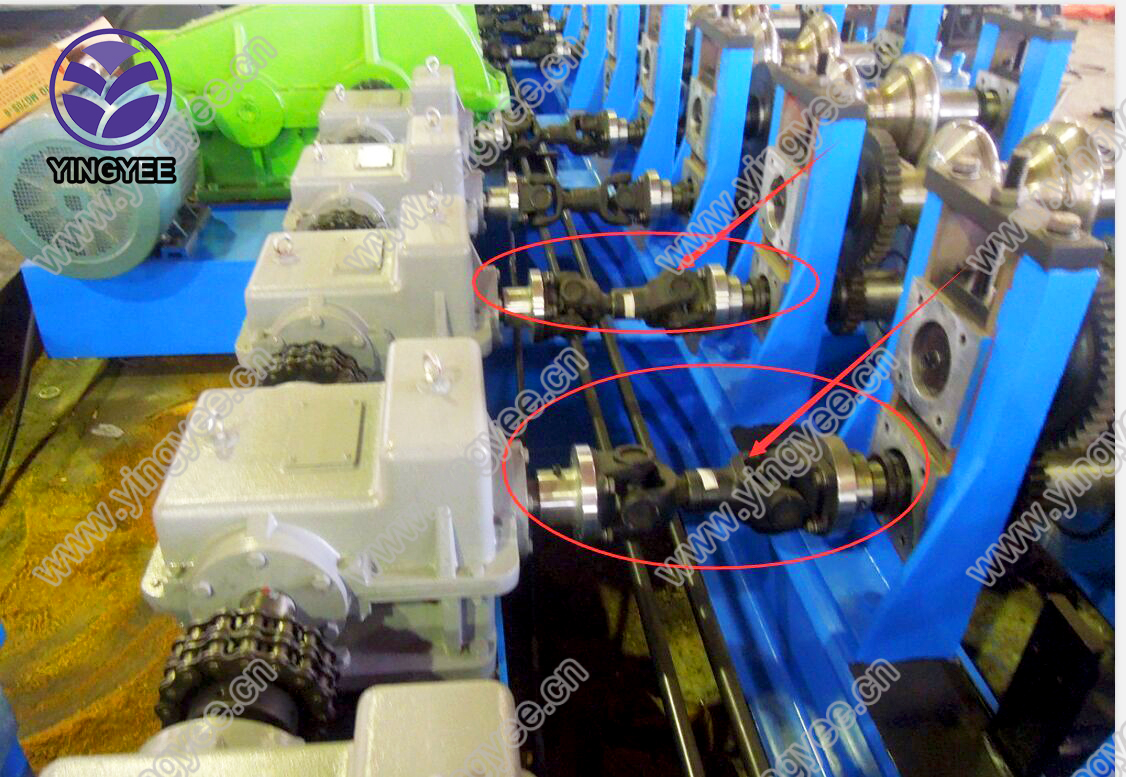
Understanding Roll Forming Machinery An Essential Tool for Modern Manufacturing
Roll forming machinery plays a crucial role in the manufacturing industry, particularly in the production of metal products. This advanced technology allows for the continuous bending of a long strip of sheet metal into a desired cross-section. As a result, it is widely utilized for creating various components used in construction, automotive, and other sectors. In this article, we will explore the components, advantages, and applications of roll forming machinery, emphasizing its significance in contemporary manufacturing.
Components of Roll Forming Machinery
At its core, roll forming machinery consists of several key components that work together to shape metal strips into precise forms. The primary elements include
1. Decoiler This device unwinds the coiled sheet metal and feeds it into the rolling mill. It ensures a smooth supply of the material for the forming process.
2. Roll Stations These are aligned rollers that progressively shape the metal. Each roll station is designed with specific profiles to achieve the desired cross-section. The number of stations varies depending on the complexity of the shape being formed.
3. Cutting Mechanism After the metal strip has been formed into the desired shape, it sometimes needs to be cut to specific lengths. The cutting mechanism can be either a flying shear, which cuts while the material is in motion, or a stationary shear that operates after the entire length has been formed.
4. Control System Modern roll forming machinery is equipped with sophisticated control systems that allow operators to adjust parameters such as speed, feed rate, and pressure. This enhances precision and efficiency during the manufacturing process.
5. Accumulator In some systems, an accumulator is used to store formed sections, allowing for continuous production without downtime for cutting.
Advantages of Roll Forming Machinery
The use of roll forming machinery offers several advantages in manufacturing
1. High Efficiency Roll forming is a continuous process, allowing for high-speed production rates. Once the setup is complete, the machinery can operate rapidly, producing a large volume of products with minimal labor.

2. Material Utilization Roll forming maximizes material utilization by minimizing waste. The continuous nature of the process ensures that materials are used efficiently, which is crucial in cost-sensitive industries.
3. Consistency and Precision The machinery provides uniformity in the product, ensuring that each piece has the same specifications. This consistency is essential for industries where tight tolerances are required, such as aerospace or automotive manufacturing.
4. Versatility Roll forming can be used to create a wide range of shapes and sizes. It is suitable for various materials, including steel, aluminum, and other metals, making it a versatile option for manufacturers.
5. Durability of Products Products created through roll forming tend to be stronger and more durable than those produced through traditional machining processes. The cold forming nature of the process enhances the mechanical properties of the materials.
Applications of Roll Forming Machinery
Roll forming is utilized across various industries, reflecting its versatility and efficiency
1. Construction It is commonly used to produce components such as framing, tracks, and panels for building structures. The lightweight yet sturdy profiles created by roll forming make them ideal for construction applications.
2. Automotive Roll forming machinery is employed to manufacture parts like chassis components, reinforcements, and trim. The ability to produce complex shapes quickly is a significant advantage in the automotive industry.
3. HVAC The HVAC industry benefits from roll forming by creating ductwork, supports, and other essential components, ensuring efficient air distribution and energy performance.
4. Furniture Roll forming is also used to produce metal furniture frames and components, offering both strength and aesthetic appeal.
In conclusion, roll forming machinery is an indispensable asset in modern manufacturing, helping industries achieve efficiency, precision, and cost-effectiveness. As technology advances, we can expect further innovations in roll forming processes, leading to even greater applications and enhancements in product quality. Understanding the importance of this machinery can help manufacturers stay competitive and meet the demands of an ever-evolving market.